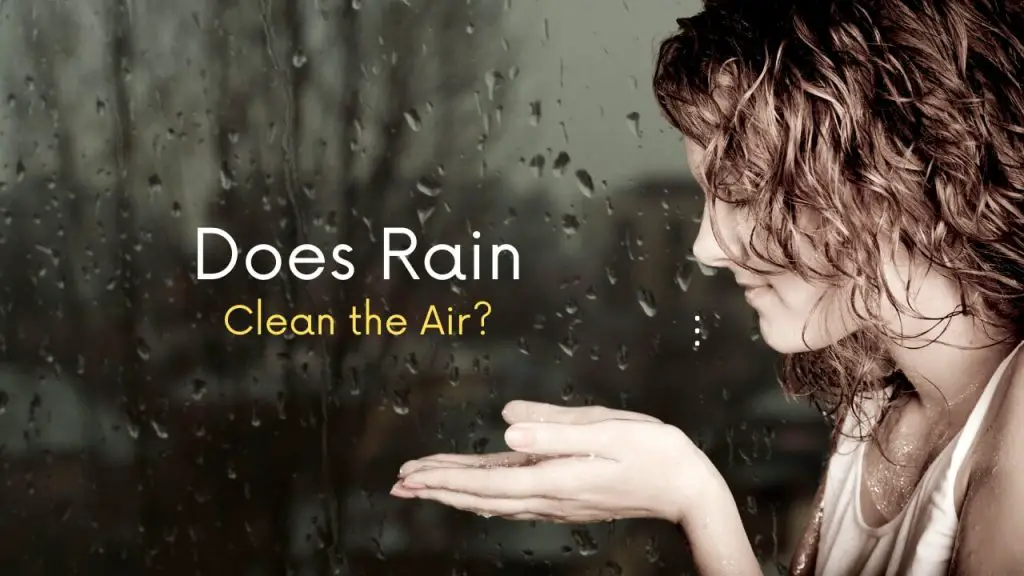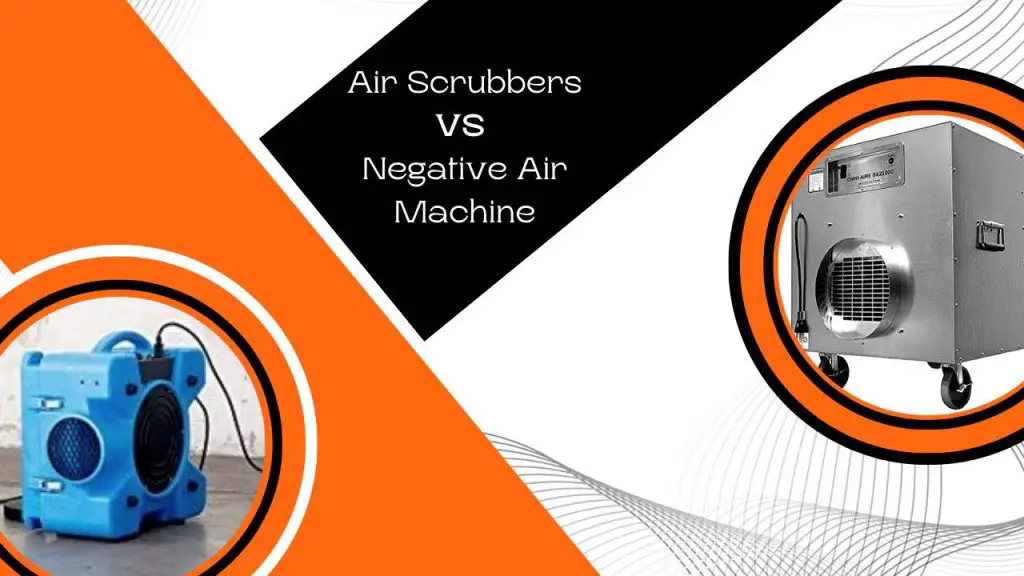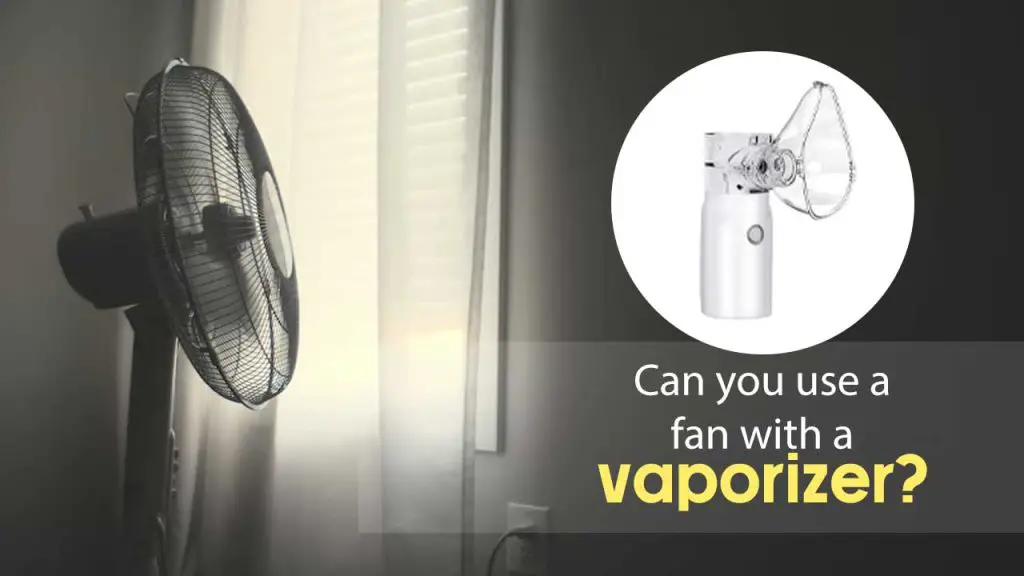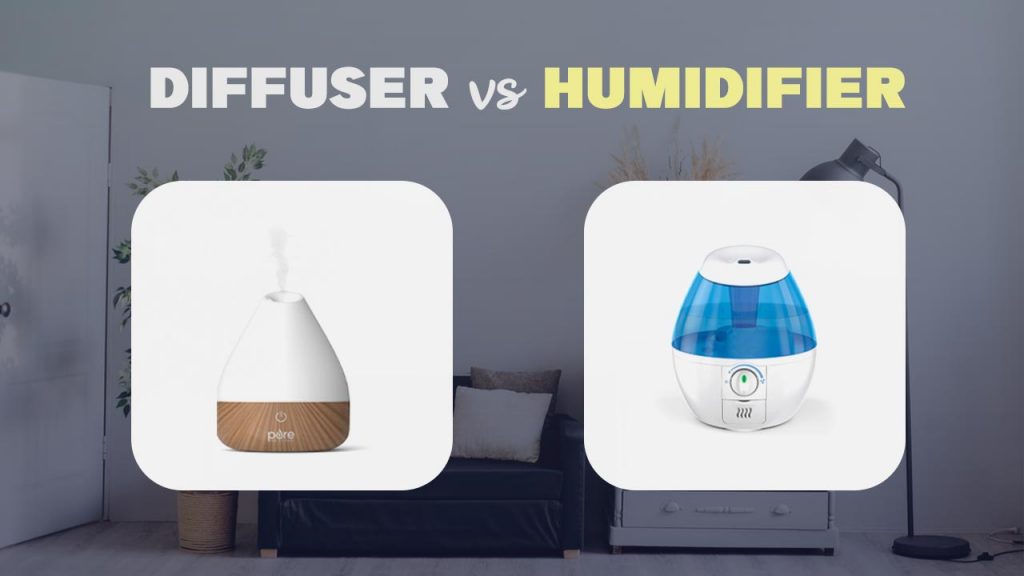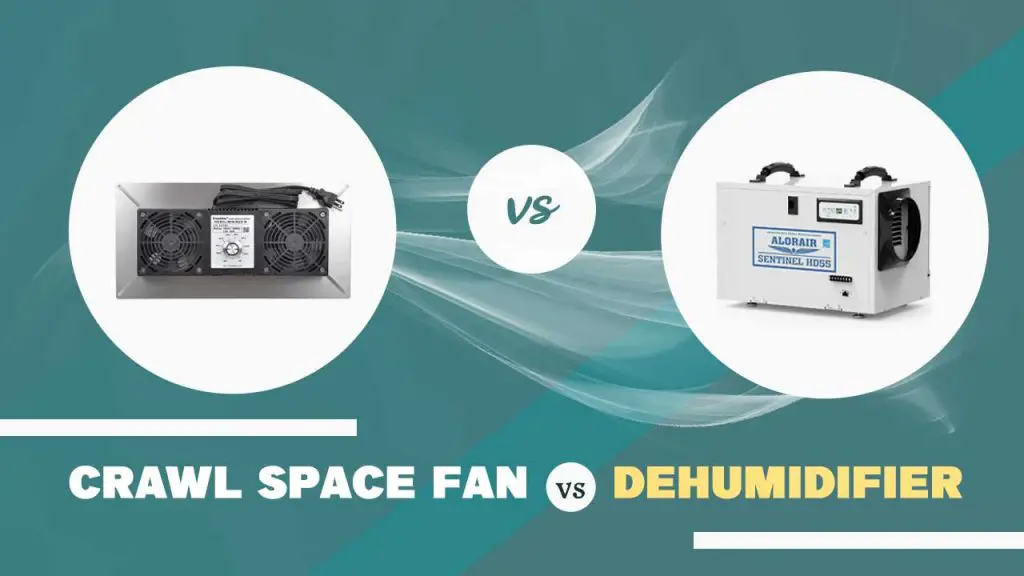Don’t we all love the freshness of the air after a heavy downpour? The coolness after the heat and the cold misty air caressing the hair at the back of your ear.
When you compare the seeming freshness of the air after rainfall with the hot, humid and dense air on a regular summer afternoon, we’re quick to conclude that the rain has cleansed the air.
Think about it, isn’t it logical and intuitive that rain droplets bring down particles as they fall? Air pollution a combination of dust, air particles, carbon monoxide, CO2 and nitrogen, and falling water should certainly be able to bring them down, right?
Again, when we consider how dusty the air might’ve seemed before a rainfall and how that seems to disappear after it rains, we can’t be wrong to intuitively conclude that the rain has cleansed the air, or can we?
Is there any science to this line of thought? What do the experts have to say about it? Does rain actually clean the air or it’s simply a mirage? We’ll get all the answers in this post, so just sit back and pay attention.
Does rain clean the air?
Without mincing words, the answer is Yes. What we’ve always suspected intuitively is actually a clearly proven scientific theory.
In the science world, air pollutants are actually cleansed by the rain through a process known as “scavenging by precipitation”. It is also sometimes called washout, rainout or wet deposition by scholars.
According to an article published by Science Direct, precipitation scavenging refers to the removal of materials and pollutants from the atmosphere by what we may call hydrometeors.
Hydrometeors simply refer to water falling from space, commonly known as rainfall. Precipitation scavenging can be in-cloud and below-cloud and is also possible with snow.
It is safe to say that the freshness we feel after rainfall is not a figment of our imagination, but a scientific phenomenon that has been studied as far back as the 1980s.
How does rain clean the air?
On a typical day, especially in the summer, with factories working and emitting carbon from plants and machines, our fossil fuelled cars releasing carbon into the air and dust particles rising and floating, the air is filled with pollutants of various forms and sizes.
On the other hand, a cloud forms by means of condensation- a process where a collection of water vapor wraps around nuclei (leftover particles of salt from evaporated sea water or dust particles).
Because these droplets are often too tiny to fall from the sky, they continue to bump into each other to form larger droplets and become heavy enough to gravitate towards the earth.
When it rains, the raindrops descend from the clouds as large droplets of water, often measuring between 0.5mm and 4mm.
As raindrops descend, they often come in contact with air pollutants (called aerosol), colliding and sticking to them (coagulation) and bringing such particles down with them.
The collection efficiency of the rainfall (usually measured by its force, size, and density) will ultimately determine how many air particles it can remove from the atmosphere. So, materials like organic matter, soot, and sulfates may not stand a chance.
Some researchers at MIT who carried out a study in 2015 have also said that smaller droplets are more likely to attract air particles and achieve coagulation. But they warn that this is also largely dependent on low relative humidity.
How much does rain clean the air?
Let’s not get ahead of ourselves here. You should understand that the air may not exactly be entirely clean, especially if it’s a light rainfall or just a drizzle.
For us to conclude that the air is cleaner after rainfall as our senses suggest, we expect a cleaning result of at least 50%. But studies have shown that is hardly the case.
One 2015 study in Colombia showed PM2.5 and PM10 values dropped by 11% and 17% respectively after rainfall. The study corroborates a 2011 study in Lanzhou which showed that during the heaviest of rains, air pollutants only reduced by 8.7%.
For larger particles, that figure could rise to as much as 30% and only during violent rainfall. So, is it that the air is truly cleaner or our senses are too alert to detect even the slightest change in air quality?
Whatever the case, it is important to note that the property of the raindrop (electric charge and size) are also determinants of how much aerosol it is able to attract and bring down with it.
Note that aerosols are also electrically charged, positively or negatively. Electro-scavenging can occur when opposites attract. That is, the coming together of a positively charged rain droplet and a negatively charged particle.
Sometimes, maybe we all just overestimate the power of the rain. But there is another theory; that the clean air we perceive after a rainfall may not be the sole product of rainfall but several other conditions that may accompany the rain.
For instance, there are indications that windspeed and temperature can determine air quality. A storm would increase windspeed and usually result in mild temperatures, both of which can lead to reduced particulate matter in the air.
It is, therefore, safe to say that rain cleans the air, both directly as long as the size of the raindrop matches the size of the aerosol and indirectly by means of the meteorological conditions that accompany it.
How long does the air remain clean after a rainfall?
Let’s assume you get the right kind of rainfall (in terms of size) and all the other conditions hold, and it successfully cleans the air by more than 50%, for how long will the air remain clean?
It is only logical to suggest that the air will remain clean for as long as meteorological conditions remain the same. The soil remains wet and prevents dust from rising.
But once the rain stops and the weather returns to how it was before the rain, along with continued human activities that pollute the air with light dust particles blown into the air by winds, the dirt will return.
There is also the science of water vapor attaching to particles as they float back into the atmosphere and form clouds. Some of these particles detach as they move up and settle in the air.
Conclusion:
So, back to our question; does rain clean the air? The answer would be Yes, but maybe not as much as we’ve always thought. All conditions considered, rainfall can reduce pollutants in the atmosphere, especially the larger particulate matter but may leave the smaller particles floating in the air, except there are strong winds that blow them away.
You’re not entirely wrong for perceiving that the air is cleaner and fresher after rainfall; we all may just have overestimated the power of the rain.
| Photo | Title | Buy |
|---|---|---|

|
LEVOIT Air Purifier for Home & Bedroom - For Allergies and Pets Hair | Check Price On Amazon |

|
BREEZOME 60 OZ Quiet Dehumidifiers for Home, Dual-Semiconductor | Check Price On Amazon |

|
AquaOasis™ Cool Mist Quiet Ultrasonic Humidifier for Bedroom & Large room | Check Price On Amazon |

|
43.3'' Portable Air Conditioners, 3-IN-1 Evaporative Air Cooler w/Remote | Check Price On Amazon |

|
BlueDri BD-AS-550-BL Negative Machine Airbourne Cleaner HEPA Air Scrubber | Check Price On Amazon |

|
Space Heater, VCK 24" 12ft/s Fast Quiet Heating Portable Electric Heater | Check Price On Amazon |
